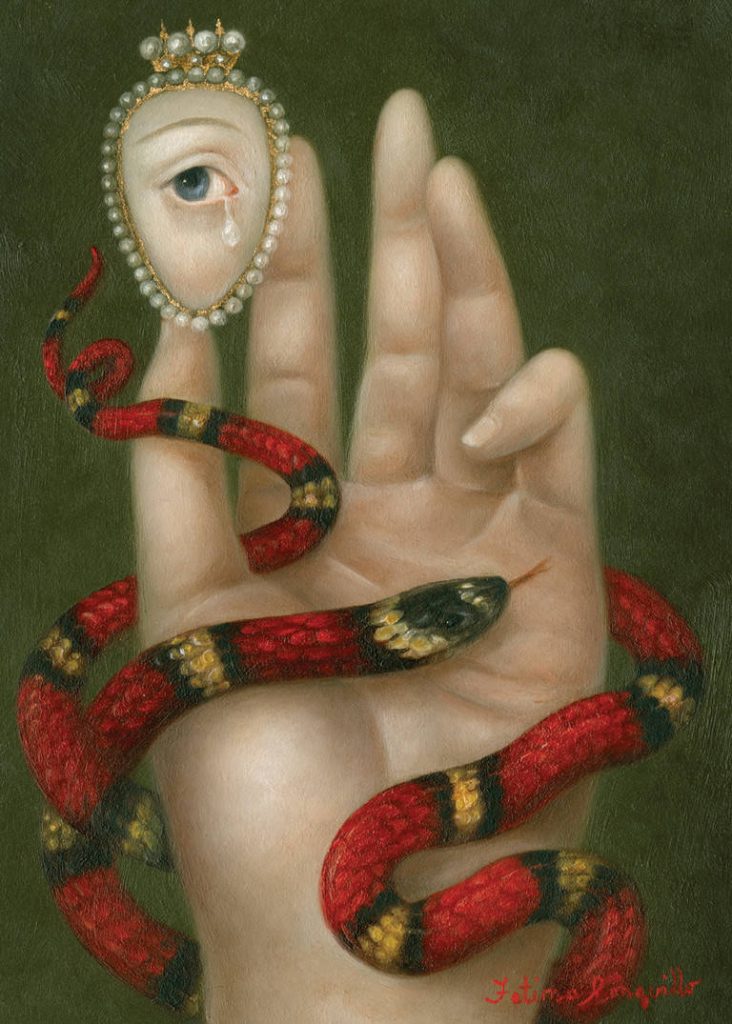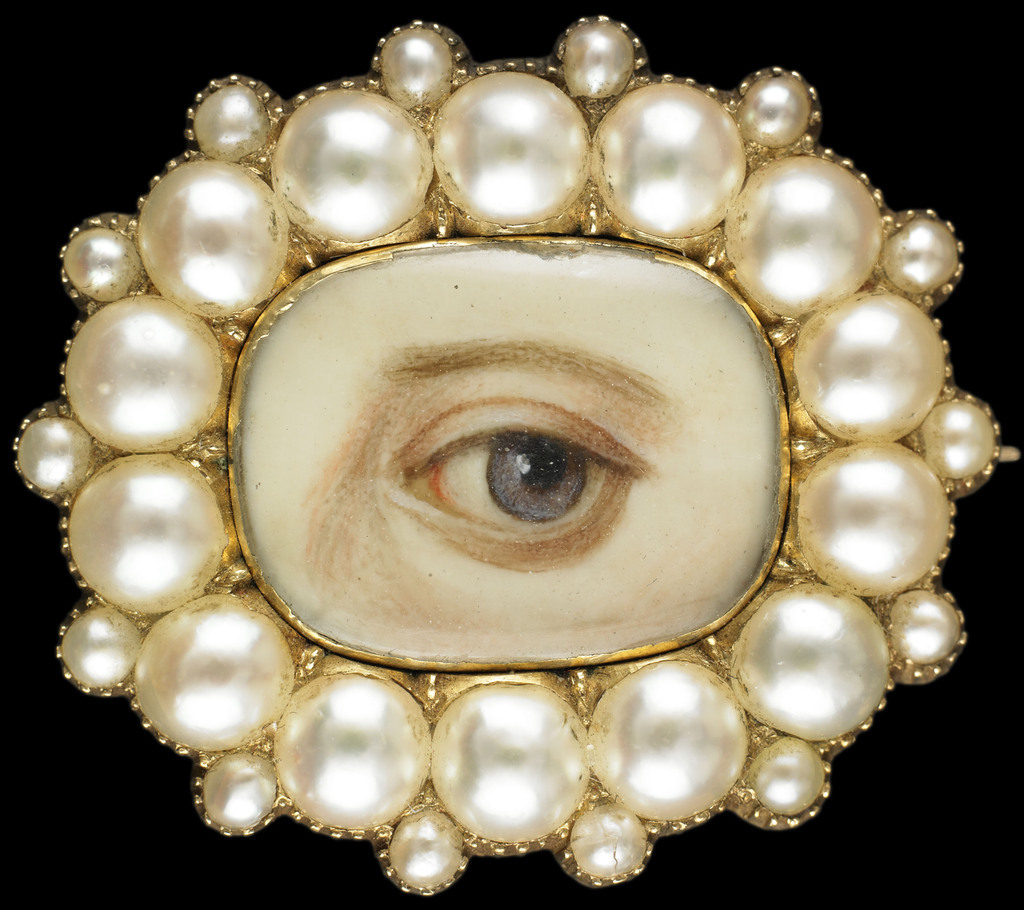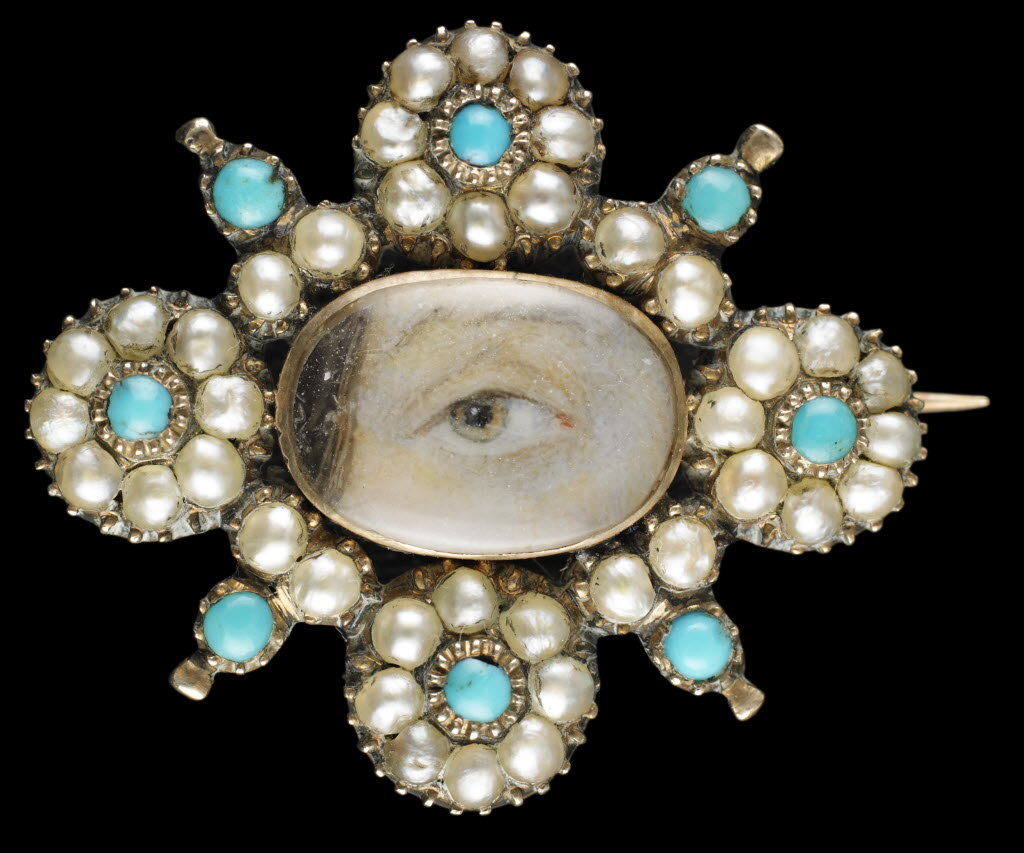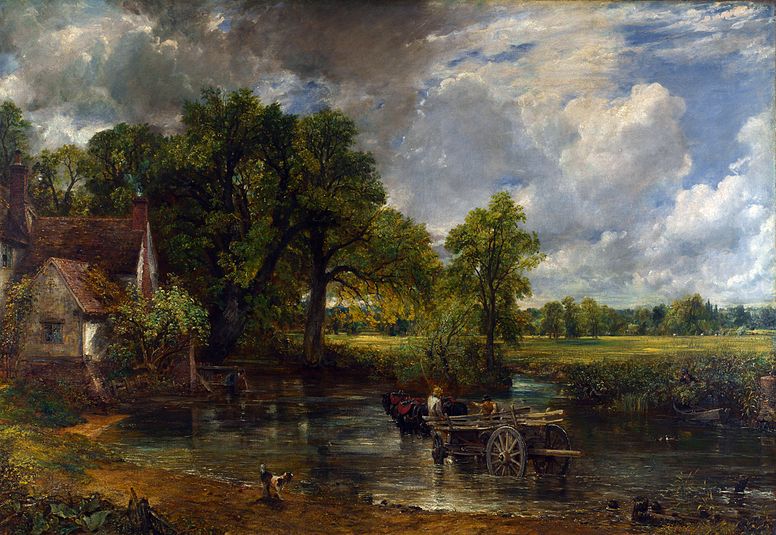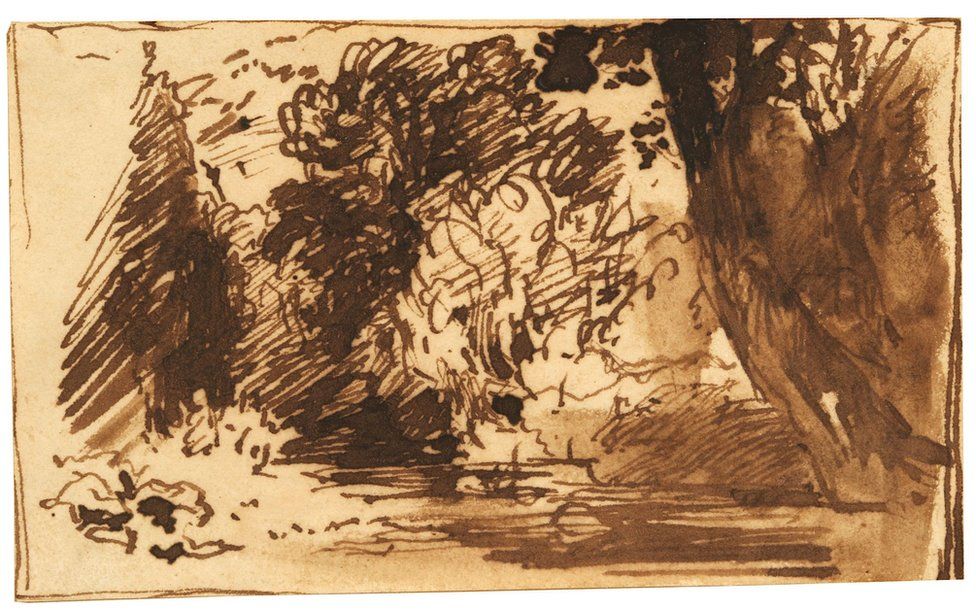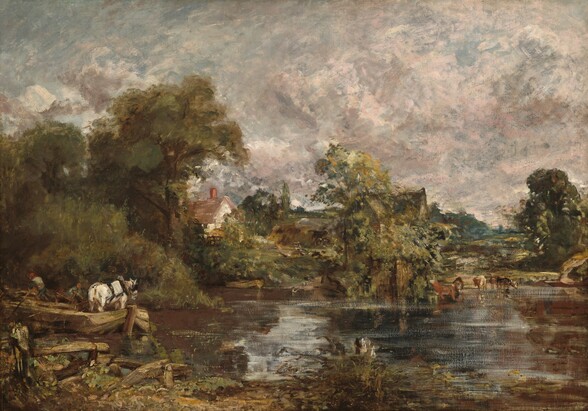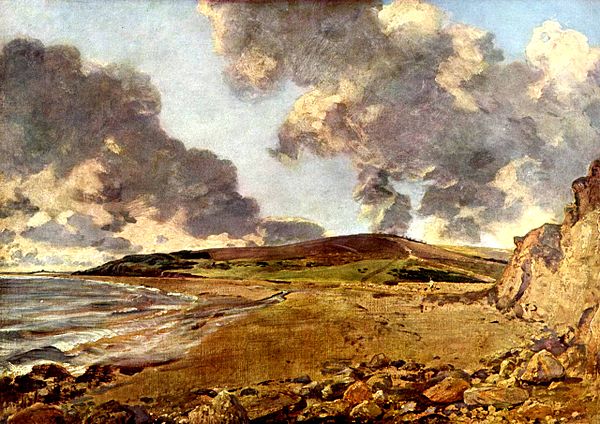Expressionism, Fauvism, & Early 20th Century Cubism, Dadaism, & Surrealism

Wassily Kandinsky was born in Moscow, Russia in December of 1866 to a family of businessmen. He grew up with European and Asian culture as a prominent aspect in his life and would travel often to explore around Europe. Kandinsky found himself drawn to the arts from an early age, learning to play the piano and cello, and would later take an interest in drawing. This would bring him to try painting and from there Kandinsky fell in love with the process of creating art. “I remember that drawing and a little bit later painting lifted me out of the reality”. This interesting perspective he had when creating art pieces and how he viewed colors would be a defining trait found in Kandinsky’s Expressionist works.

Even though Kandinsky had an inclination towards the Arts he went to study Law and Economics at the University of Moscow. During his time at the university, Kandinsky was sent on an ethnographic trip in the north of Russia. This is where he was introduced to non-realistic Russian Folkstyle painting. This is also where he was reminded of his love for art and colour. Yet, Kandinsky had always believed that “Art was a luxury forbidden to a Russian” and struggled with that mindset for years. Eventually, Kandinsky finished his degree to a doctorate level and was even offered a job as a professor for a university. At the age of 3o years old Kandinsky decided it was now or never and turned down the professor position and took the first train to Germany to become an artist.

Kandinsky enrolled in an Art course in Munich and began his art studies under the Professor Anton Azbé and Franz von Stuck. He would eventually garner a moderately successful career known for being a professional artist who worked with current trends. It wasn’t until he began to break away and invent his own art form entirely where he would cement his legacy.

Kadnisky was the first ever Abstract artist and was famous for his use of colour and emotion in his works. When describing how he pairs colors together he says, “each color lives by its mysterious life”. The way he uses and thinks about color is fascinating. He loved to create connections between paintings and music. Attempting to create a language with his work to bridge the gap between visual non-representational pieces and a visual language that could depict emotions, sounds, and actions. This was what would separate his work from mediocracy and pave the way for future Abstract artists.
Personally, I love the way Kadnisky thought about and used colour in his work. Music is also a large inspiration to me, so when looking at his paintings I would try to imagine what type of song he would listen to when creating each piece. Yet, most of all I appreciate Kadnisky’s bravery to pursue his passions, especially when his whole life seemed completely set out for him to be anything other than an artist. It shows it’s never too late to go after your passions with enough hard work and dedication. Art and art history would not be the same if Kadnisky hadn’t dropped everything to follow his dreams.

Citations:
McMullen, Roy Donald. “Wassily Kandinsky.” Encyclopædia Britannica, Encyclopædia Britannica, Inc., 16 Nov. 2021, https://www.britannica.com/biography/Wassily-Kandinsky.
“Wassily Kandinsky – 226 Artworks – Painting.” Www.wikiart.org, https://www.wikiart.org/en/wassily-kandinsky.
“Wassily Kandinsky Paintings, Bio, Ideas.” The Art Story, https://www.theartstory.org/artist/kandinsky-wassily/.
“Wassily Kandinsky.” Wassily Kandinsky – 211 Artworks, Bio & Shows on Artsy, https://www.artsy.net/artist/wassily-kandinsky.
“Wassily Kandinsky.” Wikipedia, Wikimedia Foundation, 12 Nov. 2021, https://en.wikipedia.org/wiki/Wassily_Kandinsky.
Image Citations:
“Around the Circle.” The Guggenheim Museums and Foundation, https://www.guggenheim.org/artwork/1985.
“Composition 8.” The Guggenheim Museums and Foundation, https://www.guggenheim.org/artwork/1924.
“Composition X, 1939.” Wassily Kandinsky, 1 Jan. 1970, https://www.wassilykandinsky.net/work-62.php.
“On White II, 1923 – Wassily Kandinsky.” Www.wikiart.org, 1 Jan. 1970, https://www.wikiart.org/en/wassily-kandinsky/on-white-ii-1923.
“Several Circles.” The Guggenheim Museums and Foundation, https://www.guggenheim.org/artwork/1992.
